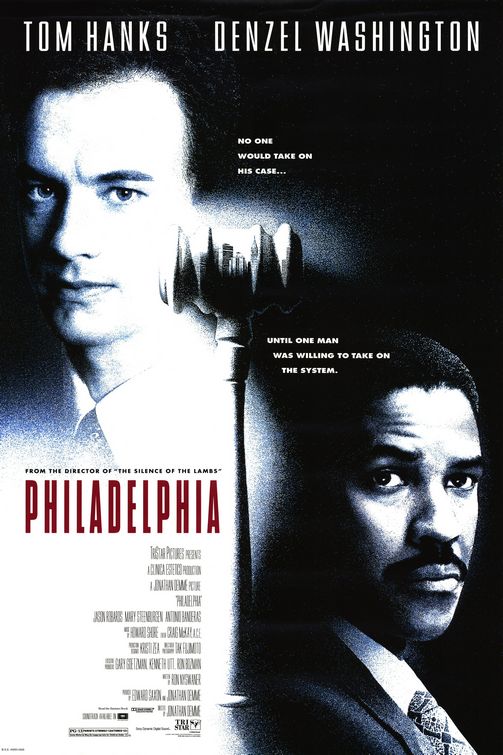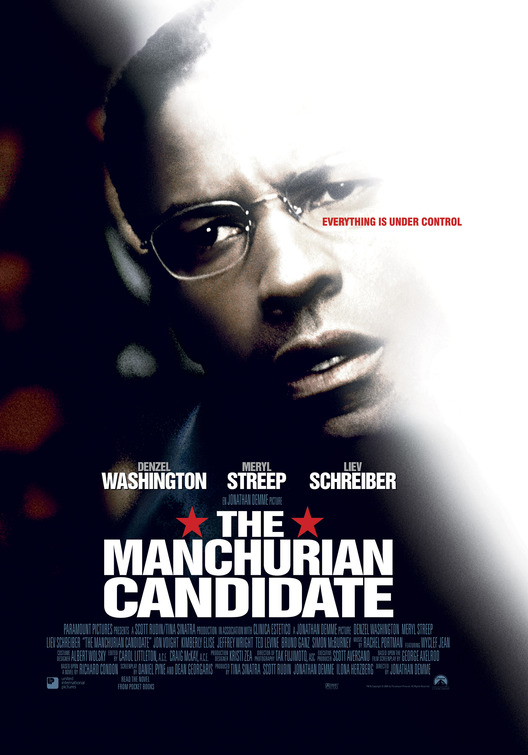
Going into this unit I wasn't sure I would enjoy watching these foreign films where I would have to read subtitles all the time and not understand exactly what being a Samurai was all about. After seeing Stray Dog I wasn't really looking forward to watching Yojimbo because I really thought the plot was very dull in Stray Dog and didn't see how this was going to be any different. After watching Yojimbo however I was pleasantly surprised to find a movie that I could really get into and actually care about what happens to the characters. The plot was 100 times better than the previous and I have now gained respect for Kurosawa's work. For this blog post I want to comment on one of the scenes from Yojimbo that really stuck out to me and I felt was a very interesting way to start a movie.
The scene that I want to comment on was the opening scene of the movie that involved a tracking shot of a Samurai walking down a dusty road. We don't know who the Samurai is and Kurosawa doesn't show us his face until later. Throughout this shot Kurosawa focuses on the back of Sanjuro's head and back while not letting us see his face or the expression he has on it. I thought that this was really a memorable scene in the movie because it showed us a mysterious main character that we would learn about throughout the film. By not starting off by showing everything, I was more drawn to Sanjaro as this scene seemed to have given his character a lot more importance.
I also enjoyed the battle scenes in Ran where we would see many men all in the same field on horses or feet. I really appreciated these types of scenes in the movie because after watching a lot of today's movies that involve big battles, ie. Lord of the Rings, I get tired of seeing computer generated people instead of actual men fighting. I think the way that Kurosawa did his battle scenes in Ran took a lot of planning and patience to be able to get them right and show us something really special. Just knowing that everything was actual actors instead of CGI characters made this movie's battle scenes in my mind better than those of Lord of the Rings or any other movie that uses CGI people (which I can't stand anyway).
Overall I can't say that I love all of big K's work and want to see a ton more of his films, but have come to respect his work and the movies that he was able to make with the technology he had at that time. It seems like he was a director that really cared what he produced and wanted everything to look as good as they could make it before releasing a movie - and this is what I think is needed most in becoming a great director of all time.


